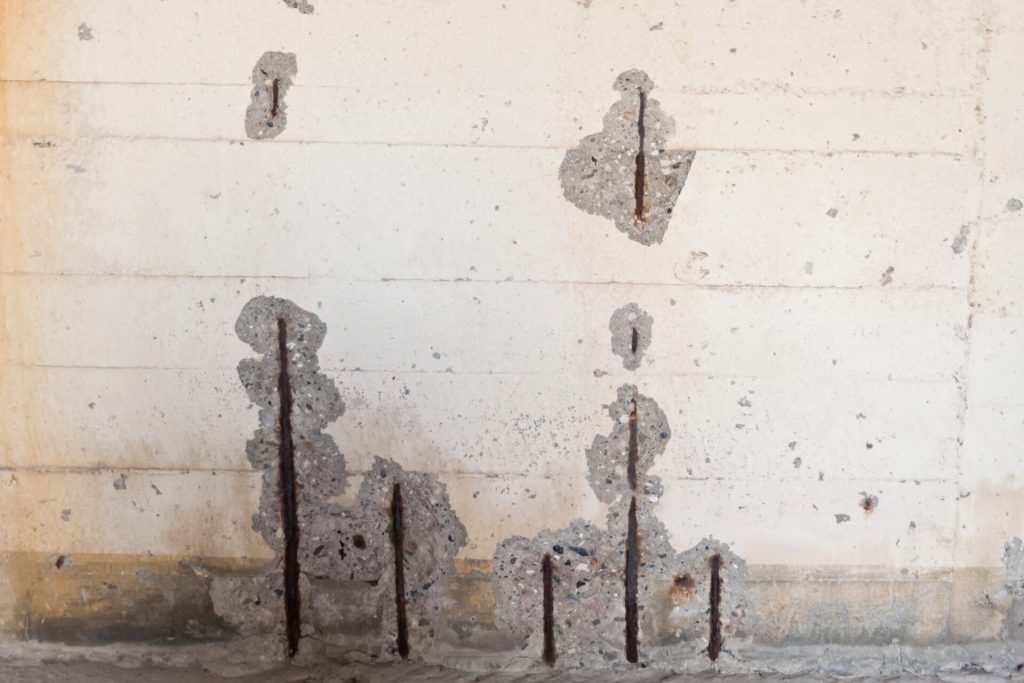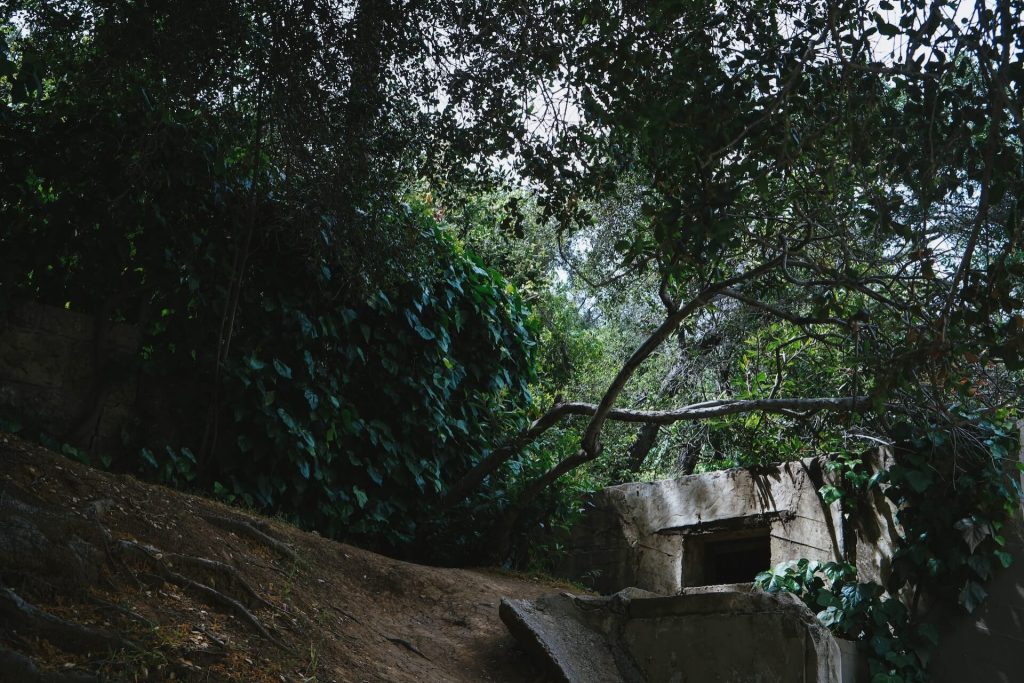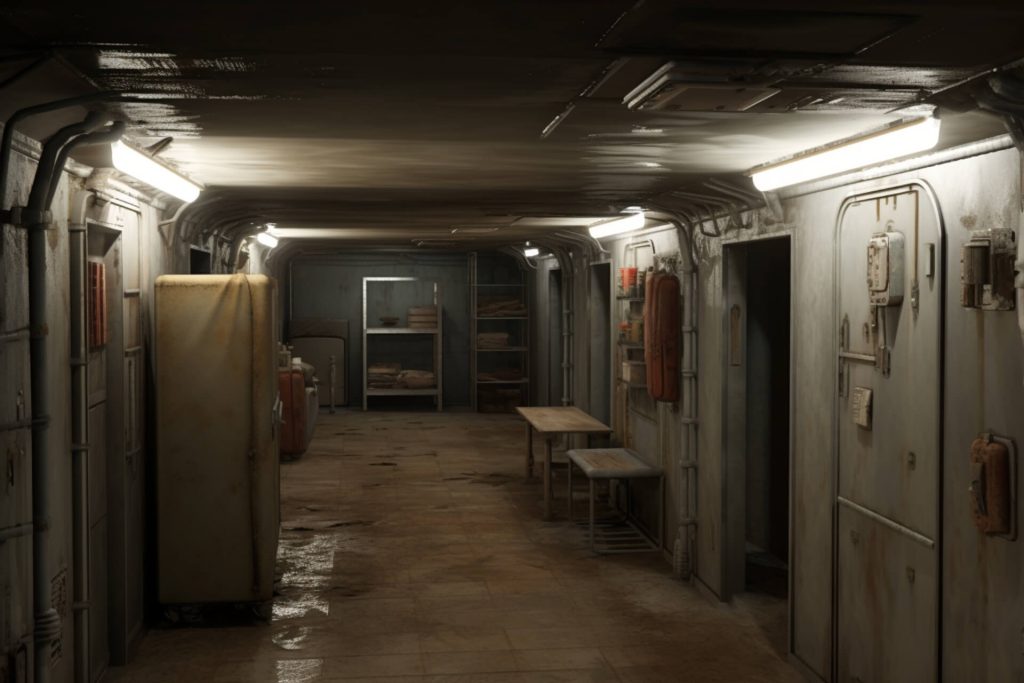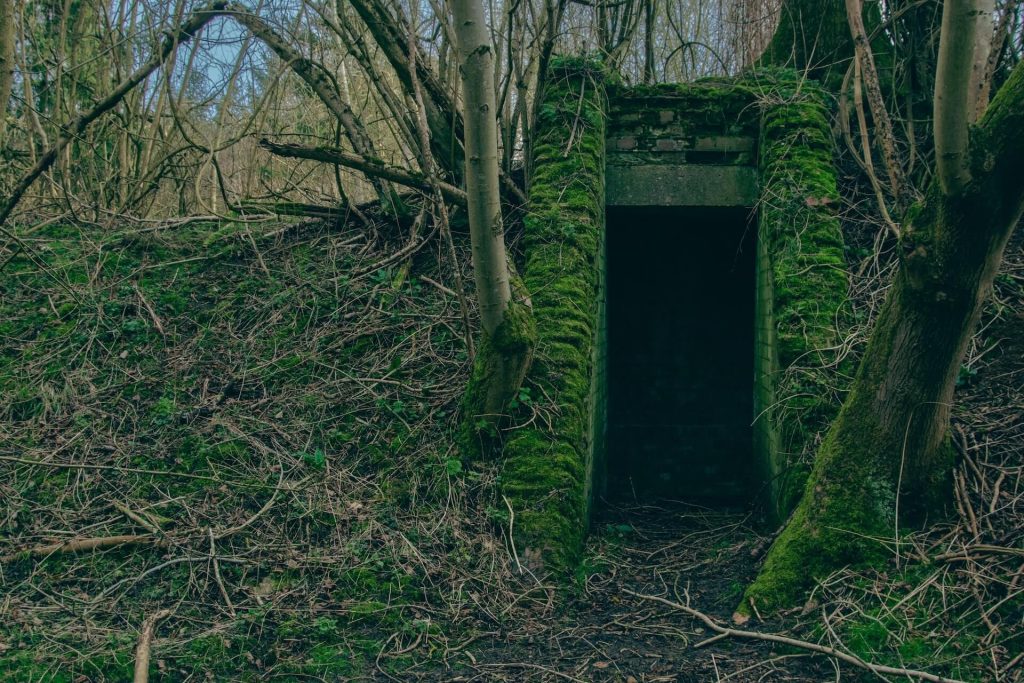Planning, building and maintaining a survival bunker is much easier said than done. Every prepper would love to have a well-stocked hideout, but the simple fact is that most people don’t understand how to tackle such a project. You could have all the survival skills you need, but some misconceptions about bunkers might be holding you back.
It’s time to debunk bunker myths and clarify the budgeting, building and upkeep process.
Myth #1 — All Bunkers are the Same
The greatest myth about survival bunkers is that they’re all the same. The image that comes to mind for most people is an ultra-expensive shelter deep underground that can withstand literal hell on earth from nuclear bombs.
Of course, this image is an exaggeration perpetuated in films and TV. In reality, there are three types of survival bunkers for unique emergencies:
– Safe rooms: This type of bunker is usually underground and either made of steel or concrete. It serves as a small living space, but most of the shelter is devoted to food, medicine, fuel and weapons storage. Safe rooms are usually attached to an existing home for quick and easy access. They typically cost $4,000 to $9,000, according to national averages.
– Bomb shelters: This option is the one that most people think of when they hear “survival bunker.” It’s designed to protect the occupants from nuclear fallout, as well as other explosions. It must be underground and made of steel or concrete. Military-style bomb shelters start at $45,000 because they’re basically full-sized homes.
– Storm shelters: Storm shelters offer protection from natural disasters, including tornadoes, hurricanes, earthquakes and wildfires. They’re usually underground but can be above ground, depending on your location and the surrounding terrain. They cost at least $4,000 and can exceed $20,000 with special amenities.
As you might expect, the scope and budget of each bunker widely varies. Safe cellars are the least expensive but also offer the least protection. Storm shelters have the most budget flexibility because you can build them underground or aboveground.

Bomb shelters are the most desirable, which means they demand higher prices. Although the best often exceed $45,000, there are some options in the $20,000-$25,000 range that won’t break the bank. Finding a builder with reasonable prices is one of the hardest parts of the planning process.
Myth #2 — Shelter Equals Safety
The second greatest misconception about survival bunkers is that shelter equals safety. Even if yours can withstand nuclear fallout and natural disasters, you are still vulnerable to many threats, both inside and out. Here are some examples:
– Inside threats: suffocation, ration shortages, unsanitary conditions, addiction withdrawal, group infighting, psychological trauma
– Outside threats: cyberattacks, electromagnetic pulse (EMP) attacks, thieves, hostile military or law enforcement
Getting a survival bunker is a good start, but you must then make a contingency plan for all these dangers. For the inside threats, you must keep the shelter clean and organized, provide sources of entertainment to avoid panic and deal out rations fairly. Keeping everyone happy is a key aspect of your bunker’s daily maintenance.
For the outside threats, your shelter should preferably be off the grid. A survival bunker still connected to the local power supply defeats the purpose. If the power goes out, you’re screwed. You must create your own alternative energy source with a Faraday cage or another protective device. It should be connected to a surveillance system to help you identify trespassers.
You should also make an emergency exit opposite the main entrance as a last resort. Your bunker might be strong, but it’s not invincible. Human or environmental threats could force you to leave. For example, an explosion or severe flood might bury the main entrance. Getting trapped would be a disaster, so you always need an escape route.
Myth #3 — The 72 Hour Rule
The 72 hour rule is a myth that your survival bunker only needs enough supplies to last three days. This might be a long enough time for a hurricane or wildfire, but not for a true SHTF scenario. Your shelter should have at least two weeks’ worth of water, food, medicine, ammunition and fuel. Those items are listed in order of priority.
Building a survival cache for two weeks or longer can take years. You can’t rush the process and load up the storage area right after construction is complete. Your food and fuel will go bad, your weapons will deteriorate and your water might get contaminated. Instead, make incremental improvements to your stockpile and inspect everything regularly.
You also need to remember often-overlooked equipment such as aluminum foil, baking soda and wet wipes. Inexperienced preppers often forget all kinds of survival essentials because they’re too focused on gathering food and weapons. Take your time and check off the little things before buying everything in bulk.
 Build a Sturdy Survival Bunker
Build a Sturdy Survival Bunker
Your survival bunker won’t look like the extravagant underground versions from the movies, but it doesn’t have to look like a primitive lean-to, either. Middle-class families can build a realistic bomb shelter, storm shelter or safe room at an affordable price.
However, you must plan for post-SHTF threats and develop a respectable stockpile of supplies over time. Simply owning a survival bunker won’t protect you from everything. You must prepare for all possible scenarios.
=====
Become a Survival Dispatch Insider …
We bring together survival enthusiasts and preppers to share skills and knowledge, so you can enhance your preparedness for emergencies and ensure the safety of you and your community.
The Results You’ll Get …
Our community, courses, and memberships are pretty special. We’re focused on the ways it will make a huge difference in your life.
Here are a few of the things you’ll be able to do as a member of Survival Dispatch Insider …
1) Improve your emergency preparedness by learning survival skills and strategies from experienced preppers.
2) Build lasting connections with like-minded individuals that share your passion for safety and readiness.
3) Access a wealth of knowledge and resources to assist in protecting you and your community during unexpected situations.
Click HERE to get started.
=====


